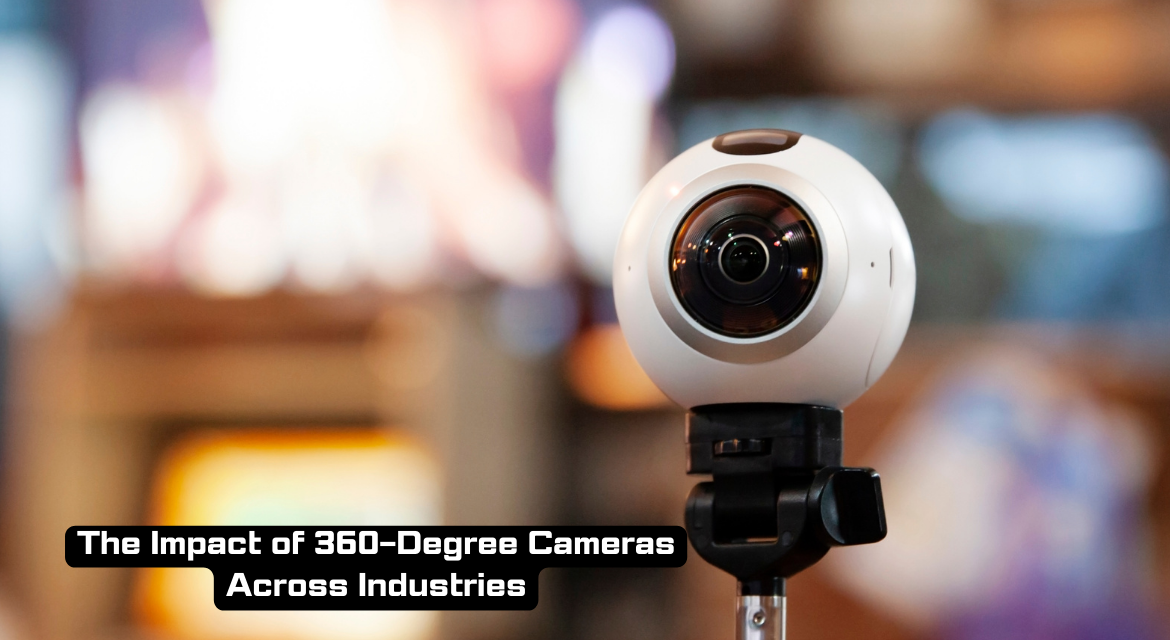Think of a camera that can see everything around you, not just what is in front of it. That’s what 360-degree cameras do. They are revolutionising the way we see and share things. These cameras make a tremendous difference, from cool adventures to learning new things. Let us explore how they are disrupting our world and revolutionising the way we see images and videos!
Interactive Storytelling: 360-degree cameras enable interactive storytelling whereby the viewers can decide what to watch, promoting a more thrilling narrative. This works especially well in the case of documentaries, virtual tours, and also immersive films.
Enhanced Realism: The 360-degree cameras show a full panorama of the environment and give a real representation of the scenes. This can make the content much more authentic. Be it a virtual tour of a place, a live event, or even a simulated one.
Virtual Reality (VR) Engagement: VR applications require 360-degree cameras to make them truly immersive. They enable users to navigate virtual spaces, providing immersive educational resources, training simulations, and virtual tours.
Bringing Events to Life: Live events, concerts, and experiences are being captured by 360-degree cameras. The viewer feels like they are very involved in the action. And this increases the excitement and pleasure of the occasion.
Educational Simulations: 360-degree cameras have proved useful in the fields of education and training. They facilitate the creation of lifelike simulations that can be used to present various scenarios such as medical procedures, historical events or job-related tasks. Interaction with the content improves learners’ understanding and retention of the information.
Immersive Marketing: Companies utilise 360-degree cameras to create immersive marketing content, such as virtual product tours, behind-the-scenes glimpses, and engaging ads.
Exploration and Adventure: Adventurers and also explorers who wish to capture their adventures use 360-degree cameras. For example, by climbing a mountain, diving underwater or by visiting interesting places, these cameras allow the viewers to virtually accompany the explorer on his trip.
Architectural Visualization: In the field of architecture and real estate, 360-degree cameras help to produce virtual tours of buildings and spaces. Potential clients can experience the design and layout of the properties in a way that standard photographs or videos cannot offer.
Cultural Preservation: In terms of cultural heritage and preservation, 360-degree cameras are often used to capture historical monuments, antiques, and also customs. This not only conserves all these features for future generations but also enables individuals to experience and appreciate them in a deeper way.
Social Media Engagement: A 360-degree video is unique to social media sites, where users can engage with the video by swiping or moving their device. This creates more involvement and makes the users stay longer on the content that was uploaded.
To sum up, these cameras broaden the possibilities of content creation, providing more dynamism, realism, and entertainment across different fields and subjects.





